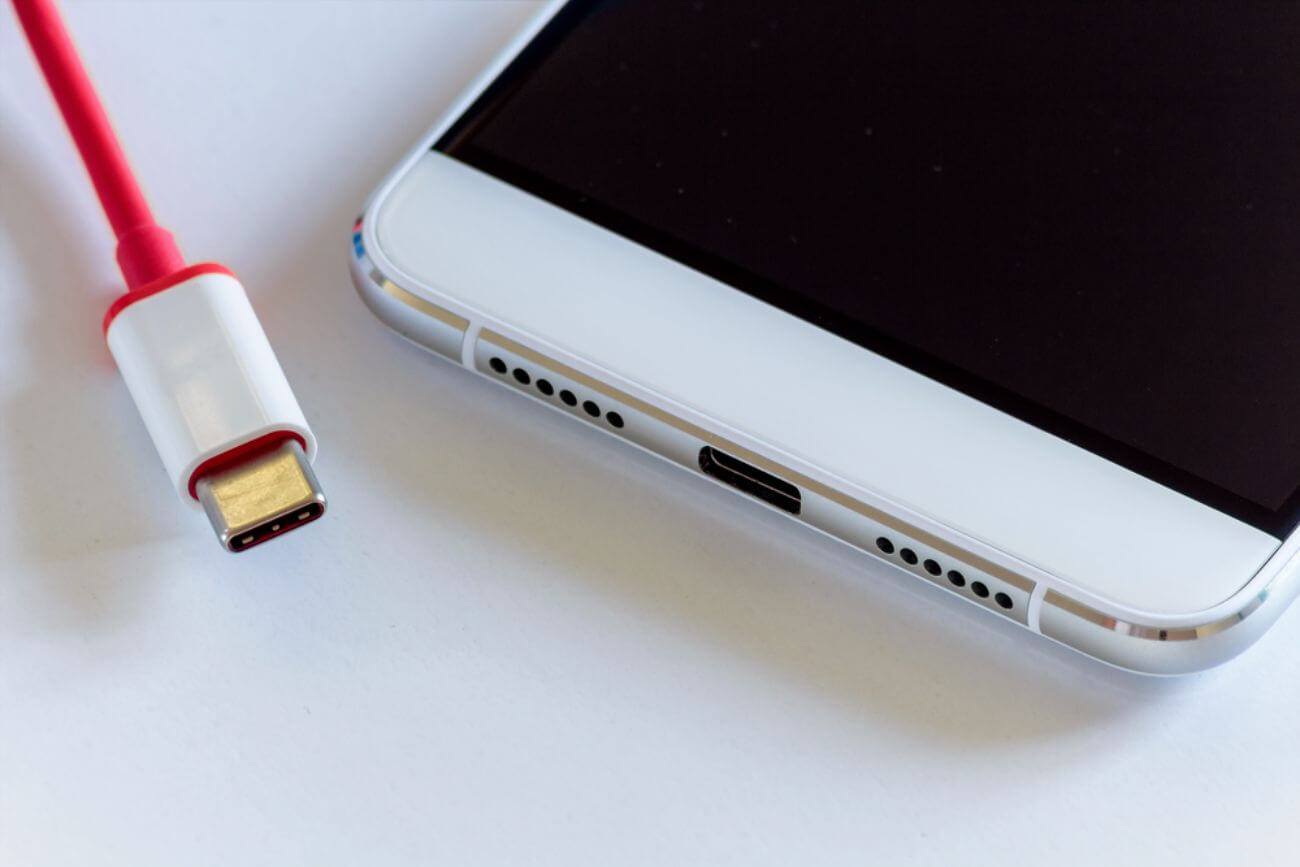Surprising Facts Related to the USB Type-C Connector

USB type-C has been designed bearing the concept of USB 3.1 in mind and is currently the latest connectivity standard that supports power charging and super-fast data transfer.
This ultra-modern connector was first launched in 2014 and it was not very long when super tech brands such as Apple applied the concept to their gadgets.
The new MacBook Pro that was designed on this concept flaunted the USB type-C connector which made plugging in streamlined for charging and transmitting data.
There have been many discussions and talks on the concept of USB type-C and its application in popular laptops such as the new MacBook Pro. If you are wondering how the future of USB connectivity will be determined by type-C, you will first have to take a historical tour to understand its importance.
USB 3.1 Improved the Connectivity Specifications
It was in back in 2013, when the USB got upgraded to the version 3.1. The USB 3.1 was designed to double the efficiency of its predecessor, 3.0, fairly in terms of bandwidth.
This updated version has the capability to transfer data at the speed limit of up to 10Gbps. Another eye-catching factor which put the design of the type-C connector in motion was the power delivery specification.
USB 3.1 holds a great power charging capability, now offering 20V, 5A, which is enough to charge your laptops and notebooks very quickly. Apart from improved power delivery, USB 3.1 lends you with backward compatibility ensuring the transmitting of power from both the host and peripheral devices.
Prior to this, only the host device was able to supply power. Even though the new laptops and notebooks such as the MacBook Pro have only a few USB type-C ports, users can enhance their laptop experience with the type-C hub.
The Introduction of USB Type-C
The USB type-C is formed by adopting the 3.1 version and uses a new, tiny 24-pin reversible plug connector. Since a lot of emphases is given to the type-C connector, it is time to take a look at some of the important aspects of the USB type-C:
Universal Standard of Connectivity
The type-C allows you to use one cable and charger for all your favorite gadgets. Previously, people had to avail different USB connectors such as type-A, type-B, mini-B, and micro-B.
With the new type-C format, all these connectors will become a thing of past, as type-C ensures an easy and universal method to connect and manage your devices and peripherals.
Device Charging Is Better and Faster
Type-C also makes device charging significantly faster. The technology is called as Power Delivery or PD, something that has made the notebook and laptop users experience highly comfortable.
Lightning Fast Data Transfer
Type-C connectors are designed in such a manner that it by default supports USB 3.0 and USB 2.0.
However, the main speed determining factor is the two USB 3 generations – the USB 3.1 Gen 1 and the USB 3.1 Gen 2. While the Gen 1 can provide up to 5 Gbps, the Gen 2 is the updated version which can support up to 10 Gbps.
Conclusion
Finally, type-C has just not only made data transfer and power charging seamless, it has also established itself as a universal connectivity standard for all devices and peripherals.
Also, with the availability of type-C hubs and adapters, there is no problem with having a single port in the USB type-C enabled devices.





